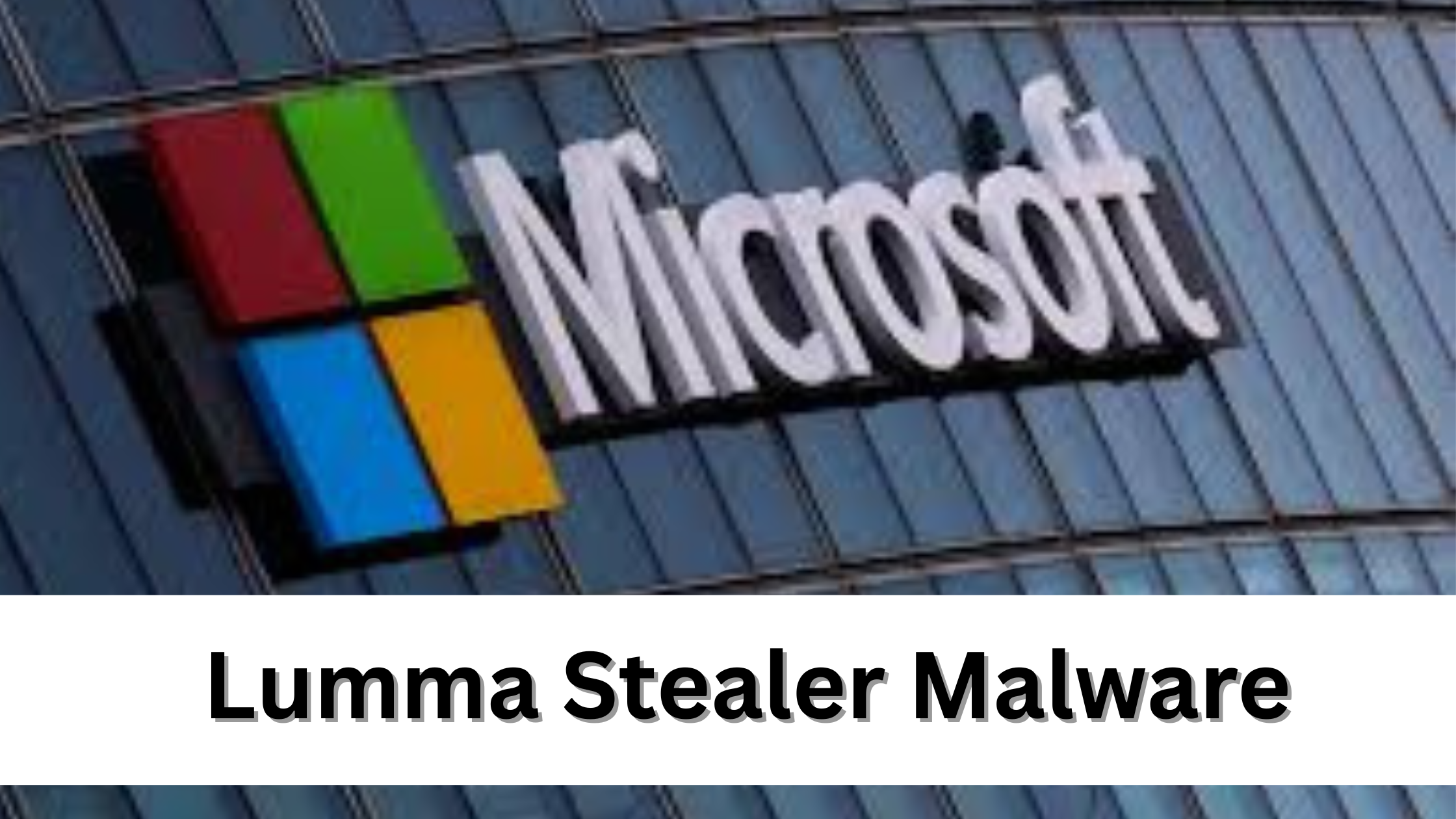From Infection to Takedown: The Lumma Stealer Malware Story

The Lumma Stealer Malware network represents one of the most pervasive cyber threats in recent years. This infostealer malware targeted Windows systems worldwide, harvesting sensitive data including passwords, financial information, and cryptocurrency wallets. The journey from the malware’s initial infection campaigns to its eventual takedown highlights both the sophistication of cybercriminal networks and the importance of global cybersecurity collaboration.
Microsoft’s Digital Crimes Unit (DCU), in partnership with global authorities including Europol’s European Cybercrime Centre (EC3) and Japan’s Cybercrime Control Center (JC3), spearheaded the operation. Their coordinated efforts dismantled the infrastructure of Lumma Stealer, seizing thousands of domains and disabling the malware’s ability to control infected systems.
How Lumma Stealer Malware Spread
Lumma Stealer operated as a Malware-as-a-Service (MaaS) tool, making it accessible to a wide range of cybercriminals. It spread primarily through phishing campaigns, malicious websites, and social engineering tactics such as fake CAPTCHA prompts that tricked users into executing the malware.
The malware’s modular design allowed affiliates to customize its capabilities, from targeting specific types of data to avoiding detection by antivirus programs. This adaptability contributed to its rapid adoption and global reach, with infections reported across Europe, Asia, and North America.
Infection Mechanisms and Victim Impact
Once executed on a victim’s device, Lumma Stealer harvested login credentials for email accounts, financial platforms, and online marketplaces. It also extracted stored credit card information and cryptocurrency wallet data, providing attackers with direct access to victims’ digital assets.
Victims often remained unaware of the infection until financial losses or unauthorized account activity occurred. The widespread nature of Lumma Stealer infections made it a major threat to individuals, businesses, and critical infrastructure alike.
Mapping the Malware Network
Microsoft’s DCU, in collaboration with global partners, conducted an extensive reconnaissance to map the malware’s command-and-control (C2) servers and distribution channels. Analysts tracked network traffic, examined domain registration information, and identified key nodes that enabled the malware to function.
This intelligence was crucial in planning the takedown. By identifying high-impact targets, authorities could disrupt the malware’s infrastructure effectively, minimizing the risk of further infections and preventing cybercriminals from regaining control.
Legal Actions and Domain Seizures
A critical step in the takedown involved obtaining legal authority to seize domains. A U.S. District Court order from the Northern District of Georgia authorized the seizure of approximately 2,300 domains used by Lumma Stealer for its operations.
In Europe, Europol coordinated similar legal actions across member states, suspending hosting services and freezing domains. These legal measures ensured that cybercriminals could not relocate their operations, effectively dismantling the malware network.
Sinkholes and Monitoring Activity
Over 1,300 of the seized domains were redirected to Microsoft-controlled sinkholes. These sinkholes allowed cybersecurity experts to monitor malware activity safely, gathering intelligence on infection attempts, malware communication methods, and cybercriminal attempts to regain control.
Europol’s EC3 analyzed data from European infections to support member states in mitigating threats and preparing for any residual attacks. Sinkhole monitoring provides valuable insights that strengthen future cybersecurity operations and improve threat detection capabilities.
Disrupting the Malware Marketplace
Lumma Stealer’s success relied on online marketplaces where affiliates could purchase or lease the malware. The coordinated operation targeted these platforms, disrupting the commercial channels that facilitated the malware’s widespread deployment.
Shutting down the marketplaces limited access to the malware for new affiliates, reduced revenue streams for operators, and hindered the ability of cybercriminals to recruit new users. Disrupting the ecosystem supporting Malware-as-a-Service tools is a critical strategy in combating cybercrime effectively.
Impact on Cybercrime Networks
The takedown delivered a substantial blow to cybercriminal networks. Thousands of infected systems were freed from malware control, and operators faced operational and legal challenges. The operation demonstrated the effectiveness of intelligence-driven, coordinated approaches in addressing sophisticated cyber threats.
Microsoft emphasized that the operation was only possible due to the combination of technical expertise, legal authority, and international collaboration. The Lumma Stealer takedown illustrates how private-public partnerships can significantly enhance global cybersecurity resilience.
Lessons Learned from the Operation
Several strategic lessons emerge from the Lumma Stealer operation:
-
Intelligence-Driven Disruption Works – Detailed reconnaissance and mapping are critical to identify and target high-impact nodes.
-
Legal Frameworks Enhance Effectiveness – Domain seizures and legal measures prevent malware relocation and re-deployment.
-
Collaboration is Key – Partnerships between private companies and international law enforcement agencies maximize operational impact.
-
Marketplace Disruption Reduces Threats – Shutting down commercial channels limits malware proliferation and adoption.
-
Continuous Monitoring Prevents Resurgence – Sinkholes and surveillance provide ongoing intelligence to strengthen defenses.
Preparing for Future Threats
Although Lumma Stealer has been dismantled, cybercriminals continue to innovate. The operation underscores the need for proactive defense measures, rapid response, and global collaboration. Monitoring emerging threats, analyzing malware behavior, and leveraging intelligence sharing remain essential to preventing similar attacks.
Microsoft and its partners continue to refine strategies for threat detection, infrastructure monitoring, and malware mitigation. The lessons from Lumma Stealer’s takedown provide a blueprint for addressing future cybercrime challenges efficiently and effectively.
Read Full Article : https://bizinfopro.com/news/it-news/microsoft-and-global-authorities-dismantle-lumma-stealer-malware-network-2/
About Us : BizInfoPro is a modern business publication designed to inform, inspire, and empower decision-makers, entrepreneurs, and forward-thinking professionals. With a focus on practical insights and in‑depth analysis, it explores the evolving landscape of global business—covering emerging markets, industry innovations, strategic growth opportunities, and actionable content that supports smarter decision‑making.
- Vibnix Blog
- Politics
- News
- Liberia News
- Entertainment
- Technology
- Εκπαίδευση
- Art
- Causes
- Crafts
- Dance
- Drinks
- Film
- Fitness
- Food
- Παιχνίδια
- Gardening
- Health
- Κεντρική Σελίδα
- Literature
- Music
- Networking
- άλλο
- Party
- Religion
- Shopping
- Sports
- Theater
- Wellness



